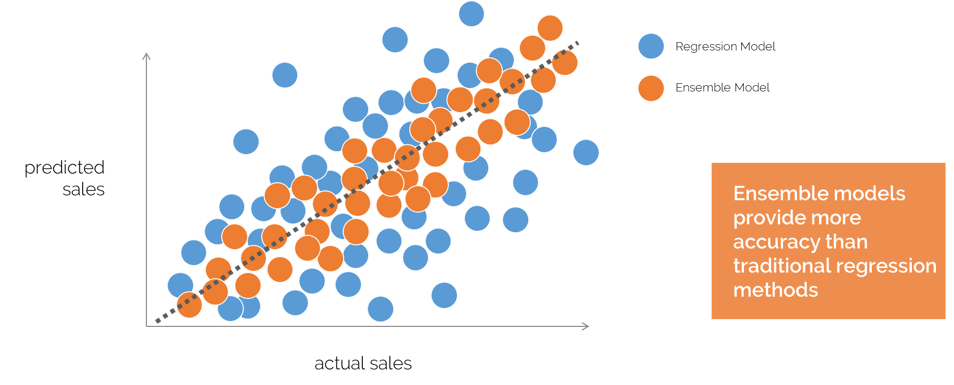And now for a little bald-faced honesty. While it might still be useful as a tool for middle aged men studying the retreat of a once-promising hairline, regression analysis has outlived its usefulness as a retail planning method. In fact, it’s about as modern as a Corner Barber Shop for the data-driven business of today.
For years, regression analysis has been the preferred site selection tool for corporate planning staffs with cookie cutter stores. It can be used to predict sales in a proposed new location, based on existing data sets.
The danger is in the details, though. A data set that is based on mid-market locations ranging from Minot to Moline, for example, won’t be as reliably accurate when trying to forecast results in Manhattan. And the larger the variation in market size, the greater the potential for widely missing the forecast in a proposed new store.
The regressive approach may still be efficient for sleepy locations where time stands still. The rest of the retail world, however, now requires ensemble planning.

Ensemble analytics can generate dynamic, real-time forecasts from a variety of high quality “streams” to plan with pinpoint accuracy. Because this model is flexible, not static, site planners can accommodate a wide ensemble of variation in their plans.
The experience of Duluth Trading Company remains an excellent touchstone for the ensemble based approach—and a poster store for progress.
Duluth Trading started to work with eSiteAnalytics in 2016, leveraging its Trailblazer™ retail analytics tool. With a 360-degree look at spatial analytics, eSite helped its client to identify sites and marketing opportunities that best support its customer base.
Unlike regression analysis, eSite provides Duluth Trading with an over-arching analysis that accommodates multiple inputs and customer channels (online, retail and outlet) to profile customers and locations. The company then uses that data to determine who their customers are and where they will be. The result is more accurate forecasts – and better information to use in making location decisions.
Better yet, eSite accommodates data beyond the physical world to assess online channels and other data to unmask perceptible “shifts” in sentiment and other factors that can make or break a store. It is ultimately this ensemble approach that gives Duluth a real-time view of how to strategically optimize their presence within current and future markets.
Leaving their competition more time to consider how to cover up those bald spots. Stay tuned.

